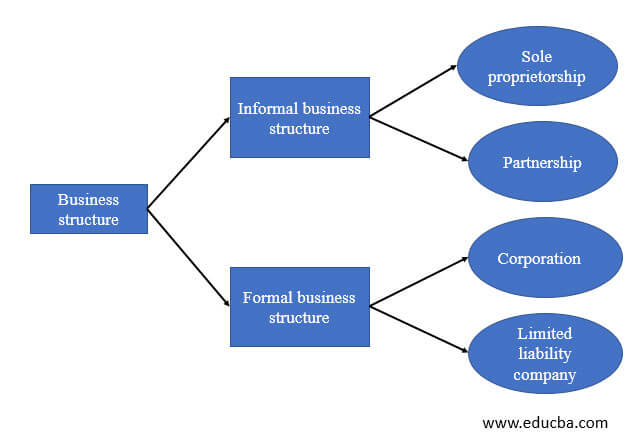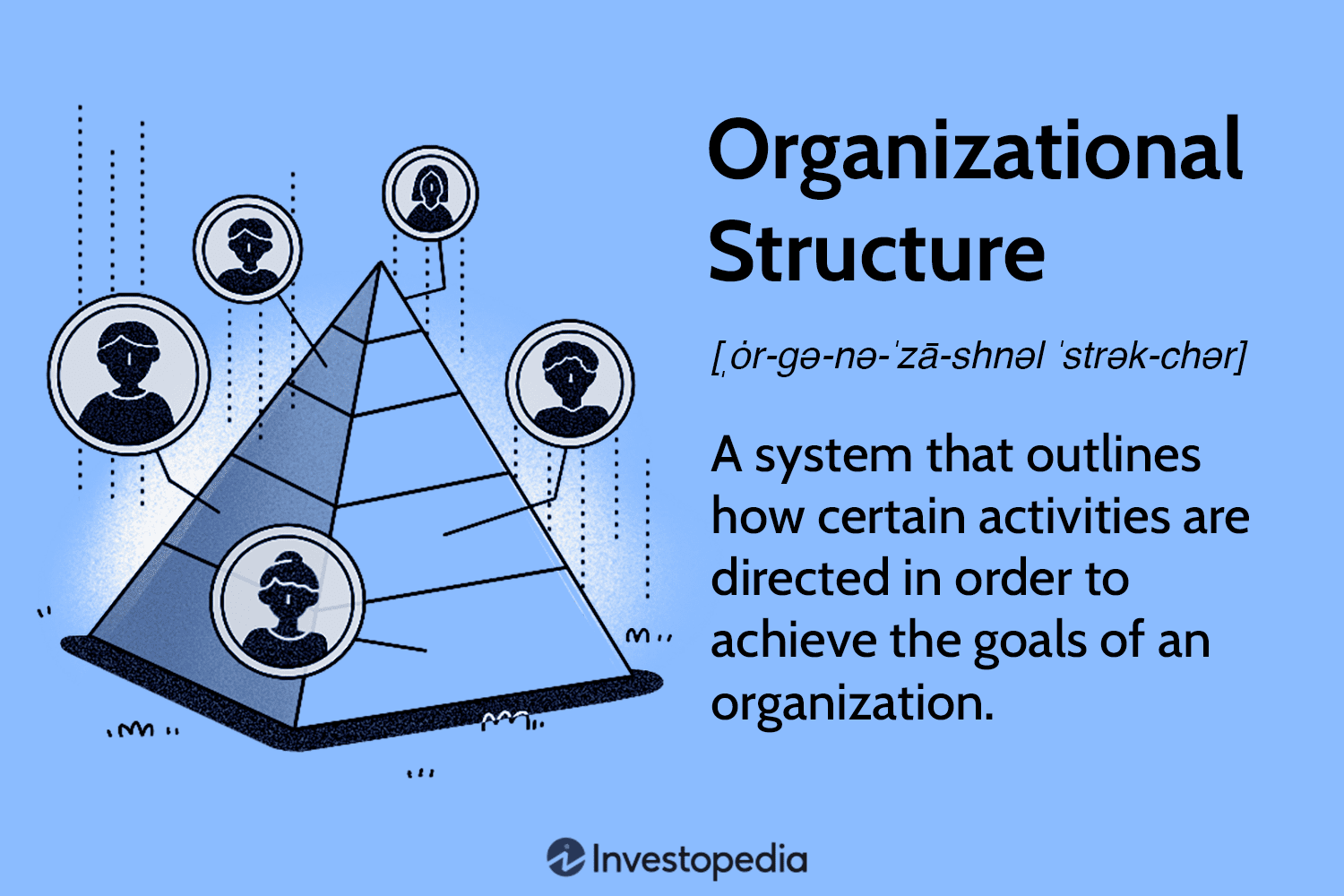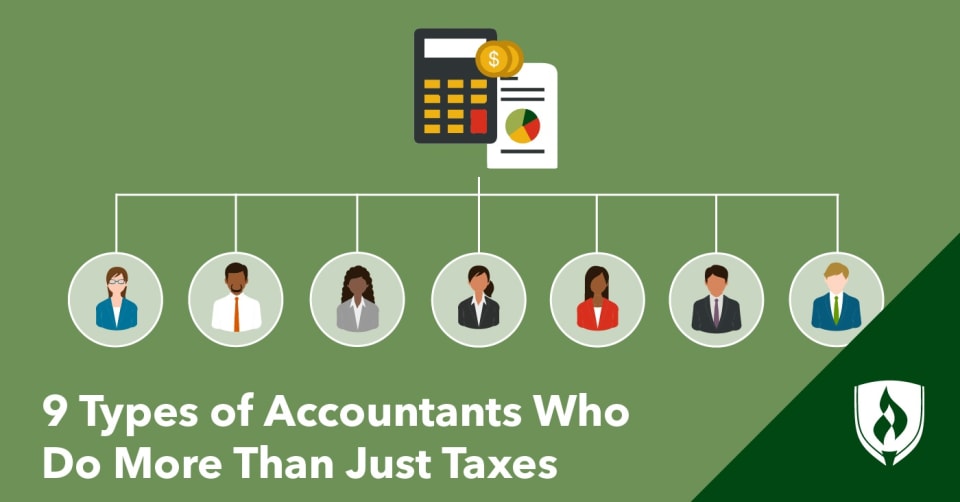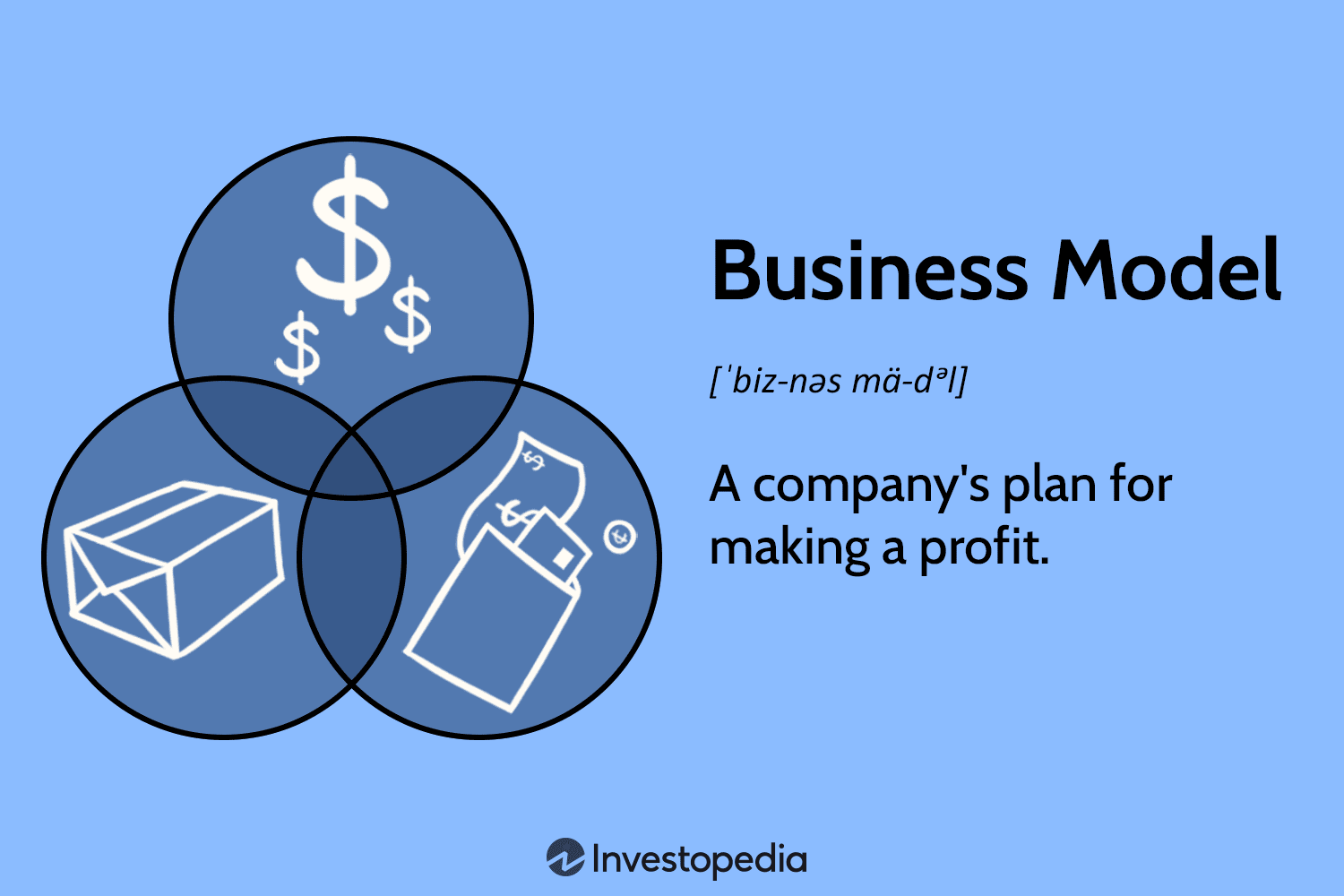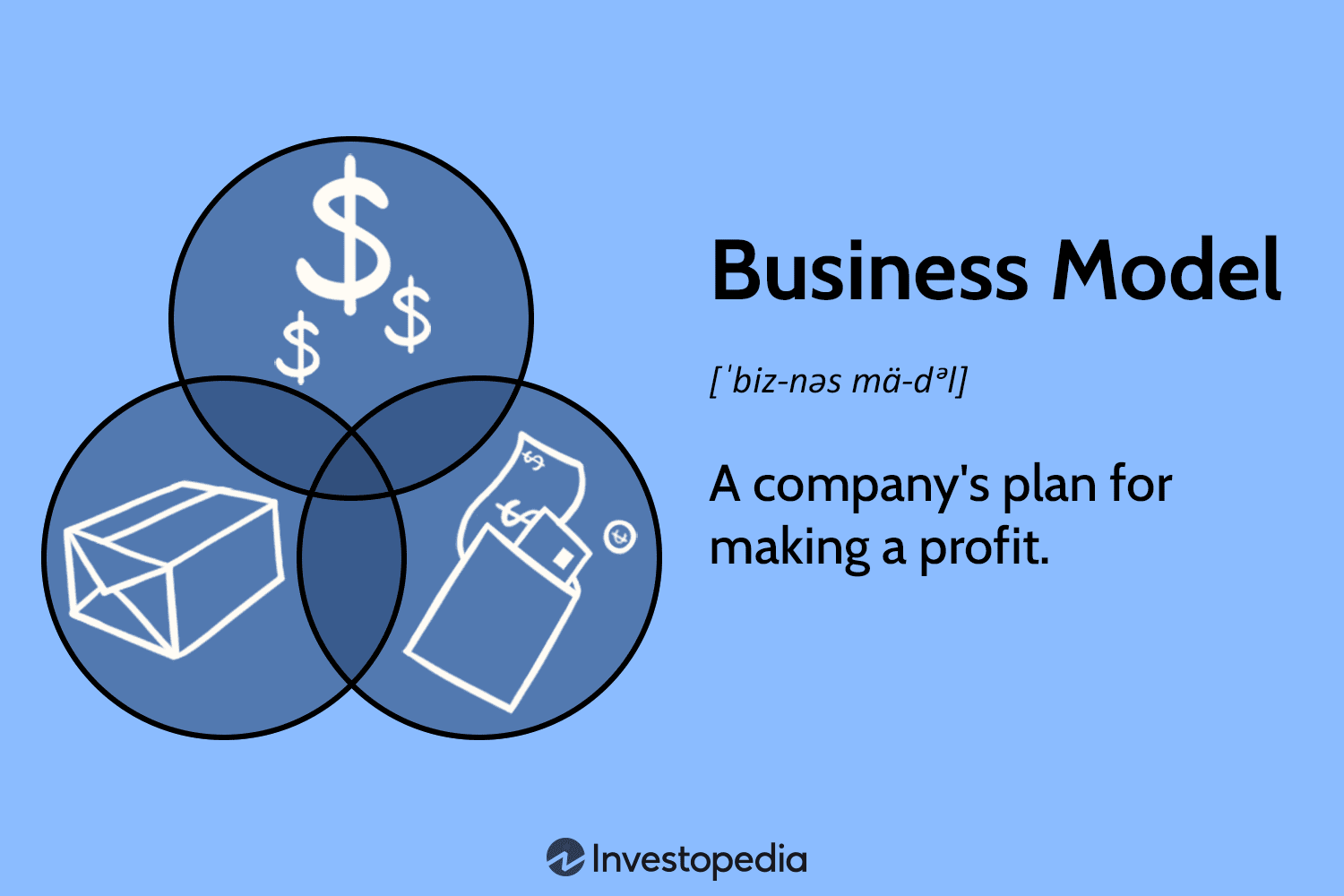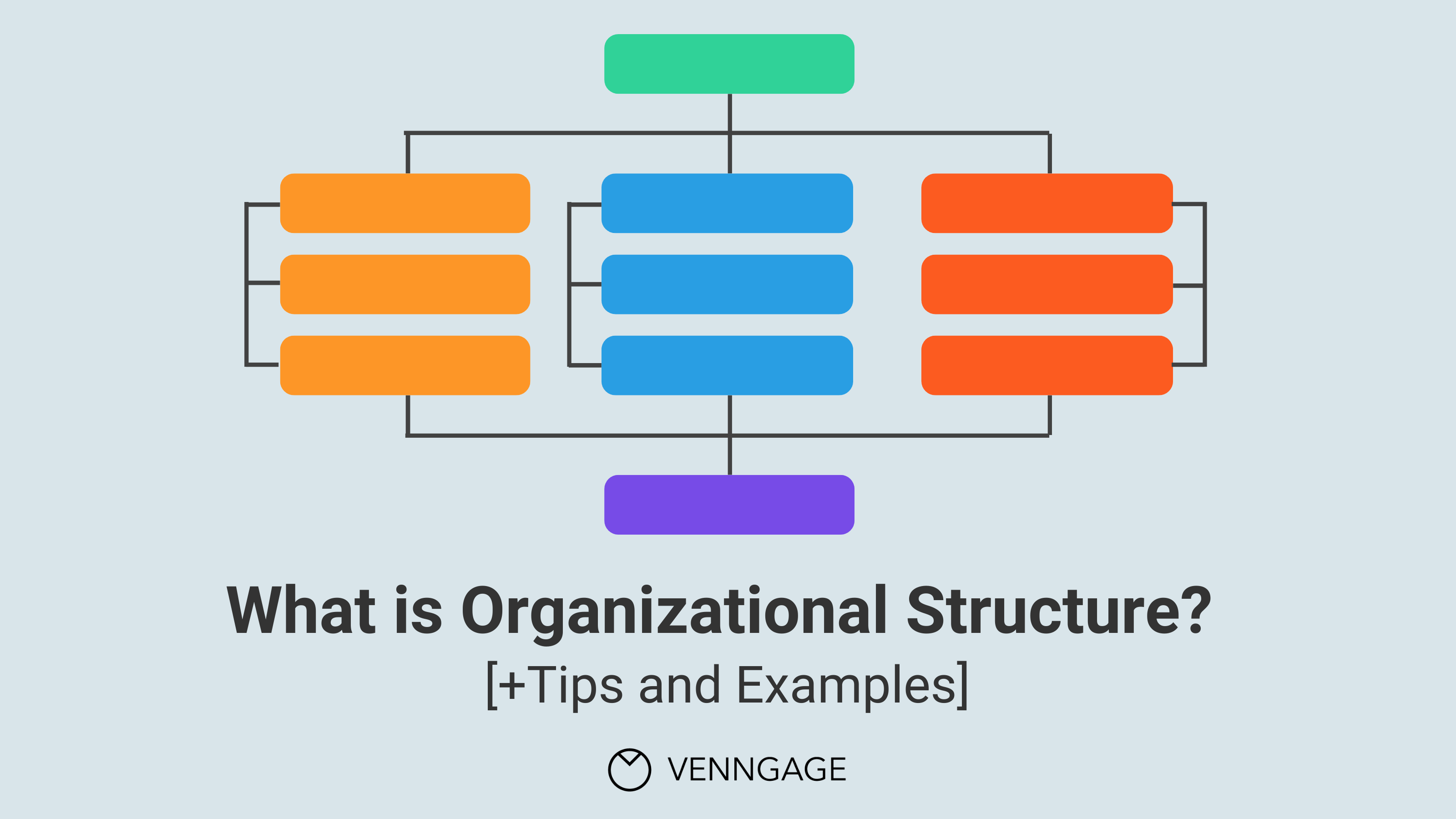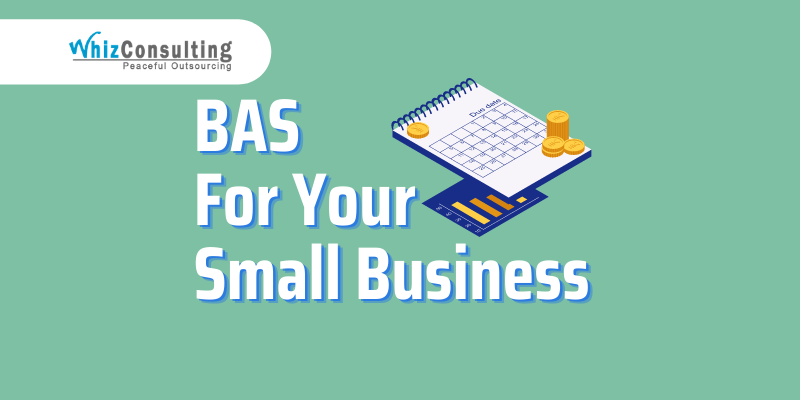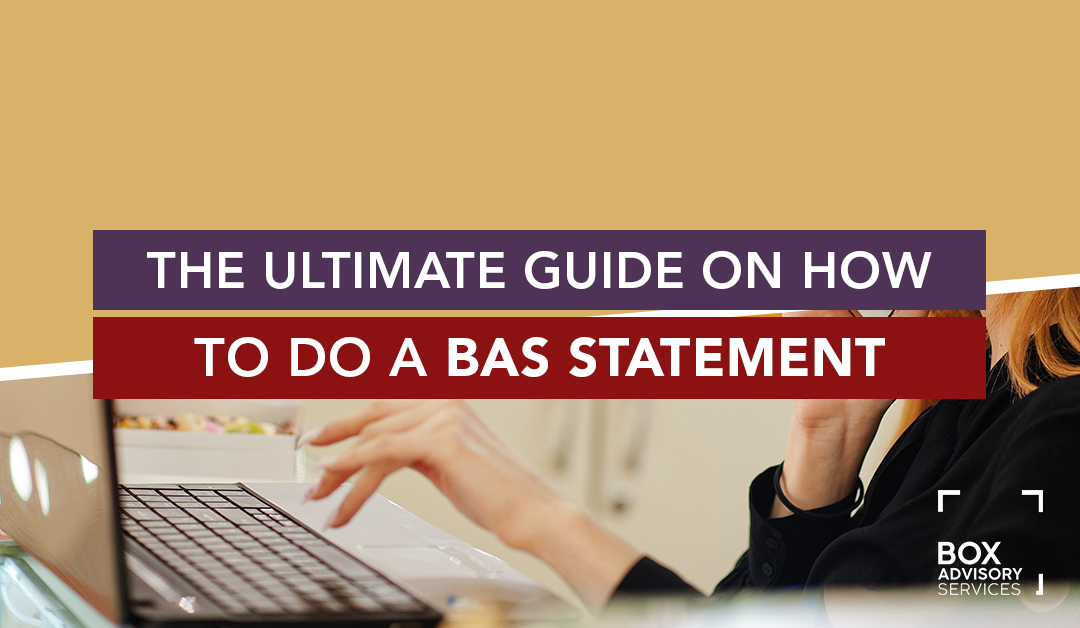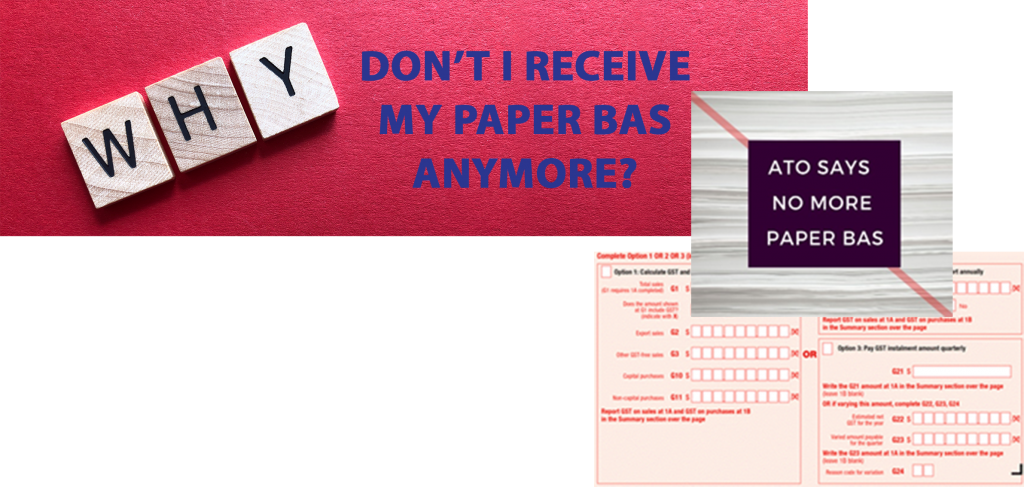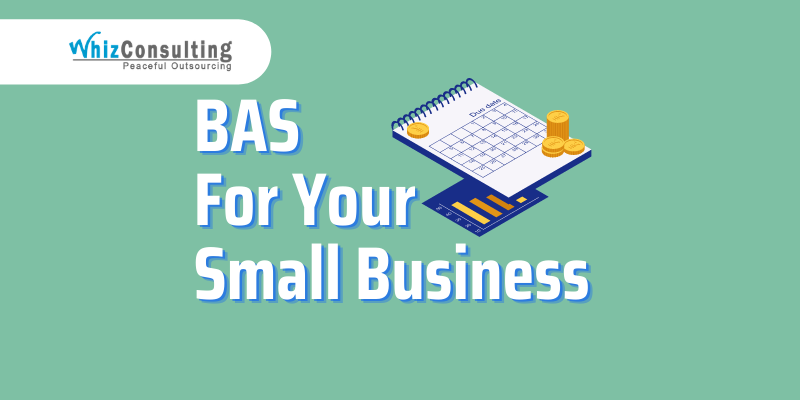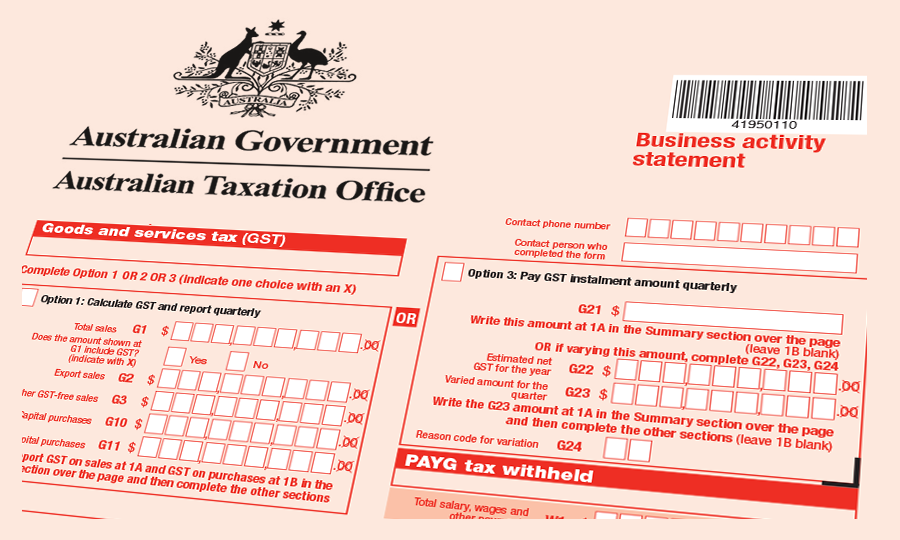Introduction
When it comes to choosing a career path, one of the most significant factors that individuals consider is the potential for earning a substantial income. Accountancy is a profession known for its stability, demand, and promising salary prospects. However, the amount accountants can earn can vary significantly based on their location. Factors such as cost of living, demand for accounting services, and local economic conditions all play a role in determining an accountant’s earning potential. In this article, we will explore the different factors that influence accountants’ salaries and identify some of the locations where accountants tend to make the most money.
The Role of Cost of Living
The cost of living is a critical factor that directly impacts an accountant’s salary. In high-cost-of-living areas, accountants are generally compensated at higher rates to maintain a reasonable standard of living. Major cities and metropolitan areas, such as New York, San Francisco, and London, often have higher salaries for accountants due to the increased expenses associated with housing, transportation, and other essential needs. On the other hand, accountants working in smaller towns or rural areas might earn less but can also enjoy a lower cost of living, which can lead to a higher quality of life despite a potentially lower salary.
Industry Demand and Specialization
The demand for accounting services is another crucial factor that influences accountants’ salaries. Industries that require complex financial management and reporting, such as finance, healthcare, and technology, often have a higher demand for skilled accountants. Accountants who specialize in niche areas such as tax planning, forensic accounting, or auditing can also command higher salaries due to their expertise and the specific demands of their roles. For example, accountants working in the technology sector in Silicon Valley are likely to earn more on average than their counterparts working in less technologically driven regions.
Local Economic Conditions
The local economic conditions of a particular region can significantly impact the salaries of accountants. In thriving economies with a strong business presence, there is often increased demand for accounting services, leading to competitive salaries. Cities or countries experiencing robust economic growth, a surge in startups, or an influx of multinational companies are likely to offer attractive compensation packages to accountants to meet the growing financial needs of businesses in the area.

Where do accountants make the most money?
Top Locations for Accountants’ Salaries
1. New York, USA
New York City is renowned for its bustling financial district and vibrant business environment. Accountants in New York benefit from the city’s status as a global financial hub, with numerous multinational corporations, investment firms, and banks headquartered there. The demand for skilled accountants is high, especially during tax season and year-end financial reporting periods. While the cost of living in New York is relatively high, accountants here tend to earn higher salaries compared to many other locations.
2. San Francisco, USA
San Francisco, and the broader San Francisco Bay Area, is known for its thriving technology sector, which drives the demand for specialized accountants who understand the intricacies of the industry. High-profile tech companies offer competitive salaries to attract top accounting talent, making San Francisco a lucrative location for accountants seeking higher compensation.
3. Zurich, Switzerland
Zurich is a global financial center and home to numerous banks and financial institutions. The city’s stable economy and strong demand for financial services create opportunities for accountants to earn impressive salaries. Additionally, Switzerland’s favorable tax laws and high living standards contribute to making Zurich an attractive destination for accounting professionals.
4. London, United Kingdom
London’s diverse and dynamic economy offers a range of opportunities for accountants. The city’s financial district is a major player in the global financial market, and the demand for accountants is consistent. With a mix of large corporations, financial institutions, and professional services firms, London offers competitive salaries for accountants, despite its high cost of living.
5. Sydney, Australia
Sydney’s thriving business landscape and strong economy make it a desirable location for accountants seeking competitive salaries. The city’s proximity to the Asia-Pacific region also positions it as an essential financial center. Accountants specializing in international finance and taxation often find lucrative opportunities in Sydney.
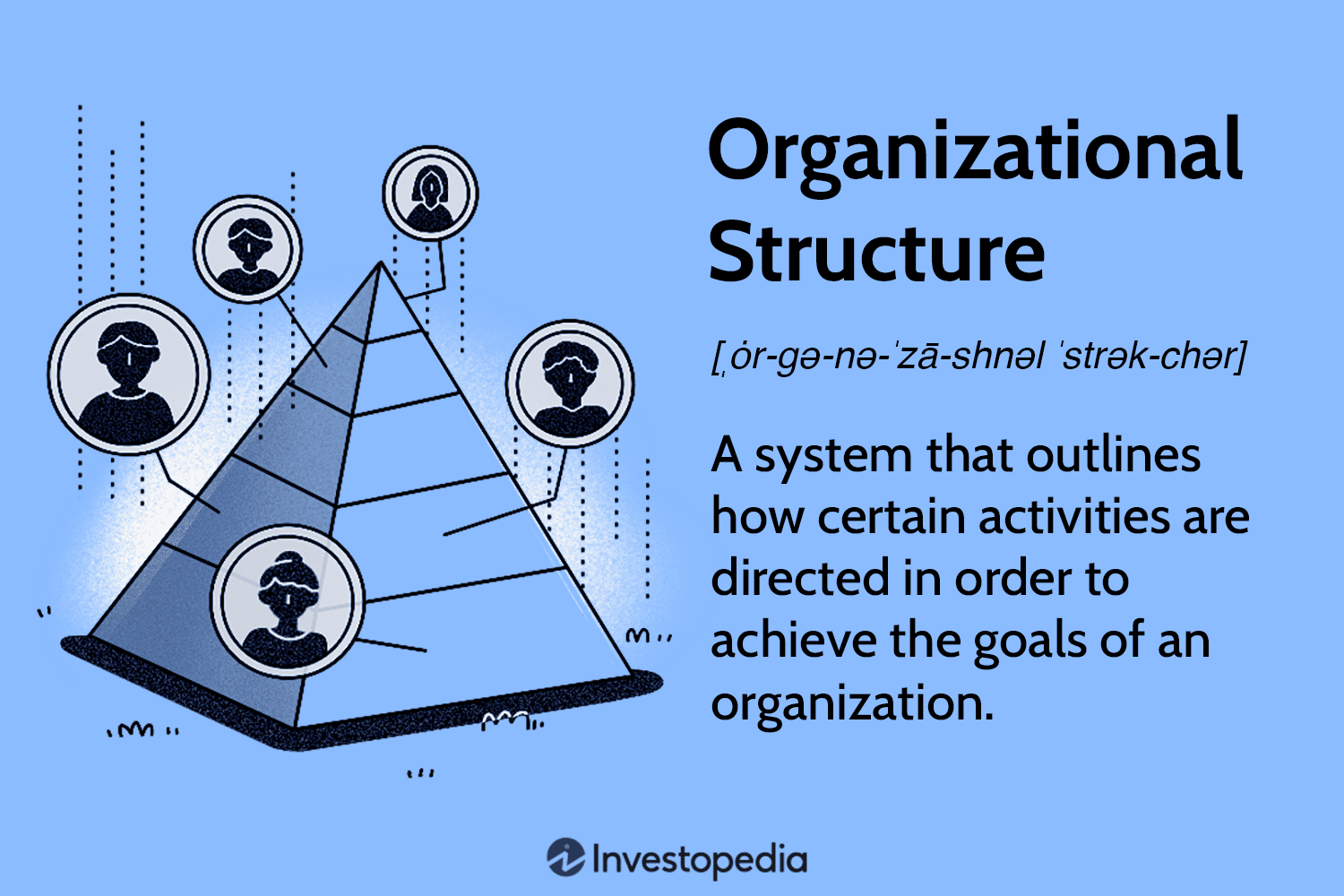
6. Hong Kong
As a major financial hub in Asia, Hong Kong attracts accountants from around the world. The city’s status as a global financial center and its low tax regime make it an appealing destination for finance professionals. Accountants working in Hong Kong often enjoy attractive compensation packages that reflect the city’s economic significance.
7. Dubai, UAE
Dubai’s rapid economic growth and development have turned it into a global business hub. The city’s free zones and tax advantages attract multinational companies, leading to a demand for skilled accountants. Accountants in Dubai often benefit from tax-free incomes, which significantly increases their overall earning potential. For CBD tax business restructuring see here.
Conclusion
As we’ve seen, an accountant’s earning potential can be heavily influenced by their geographical location. Factors such as cost of living, industry demand, and local economic conditions all play pivotal roles in determining the salaries offered to accounting professionals. While certain locations like New York, San Francisco, Zurich, London, Sydney, Hong Kong, and Dubai tend to offer higher salaries, it’s essential to consider the trade-offs between income and cost of living when making career decisions. Ultimately, accountants should assess their personal preferences, career goals, and lifestyle needs to find the perfect balance between a rewarding career and financial well-being.


